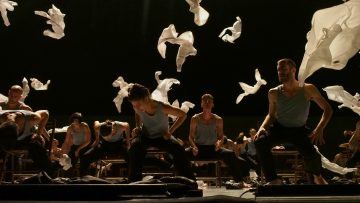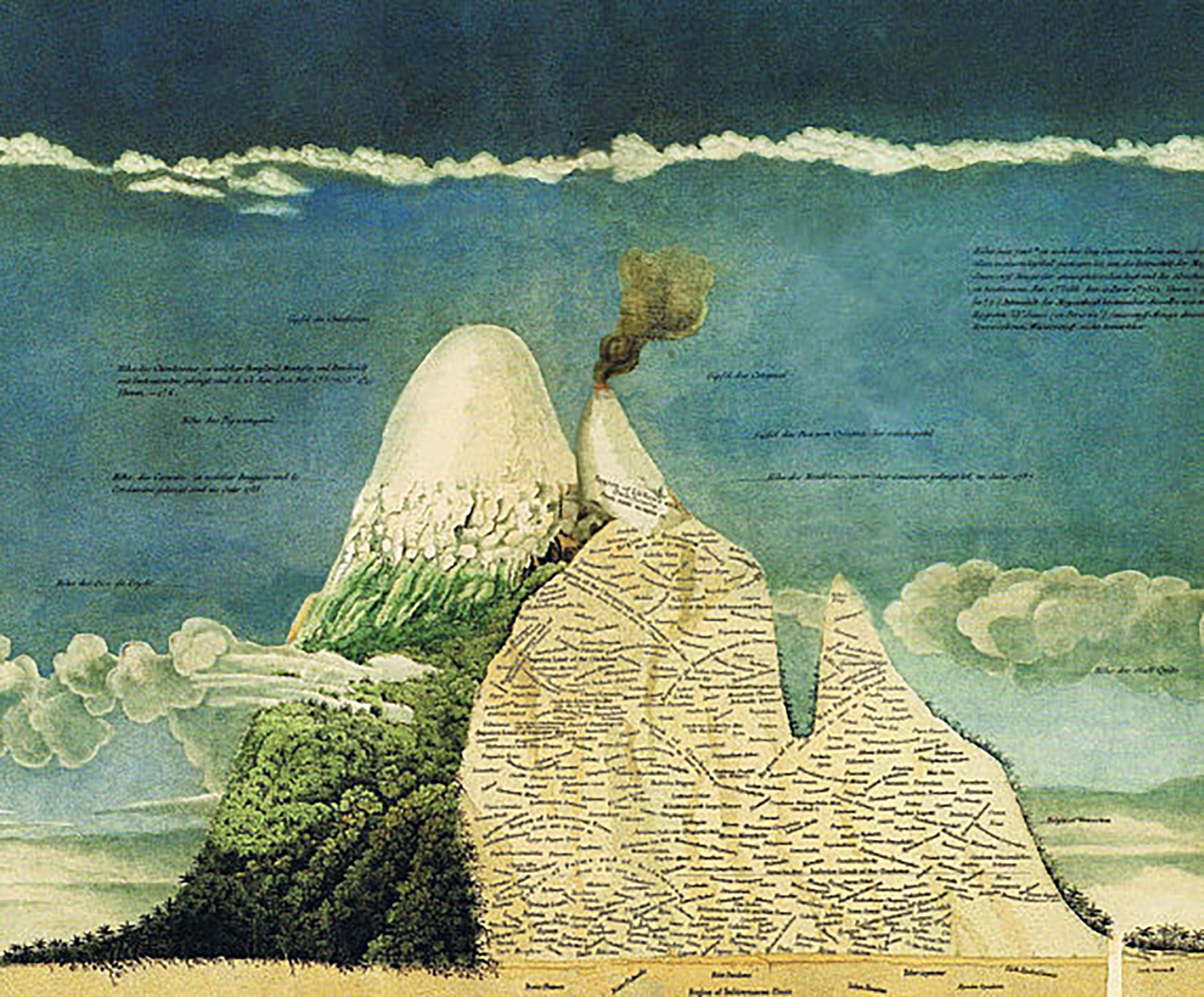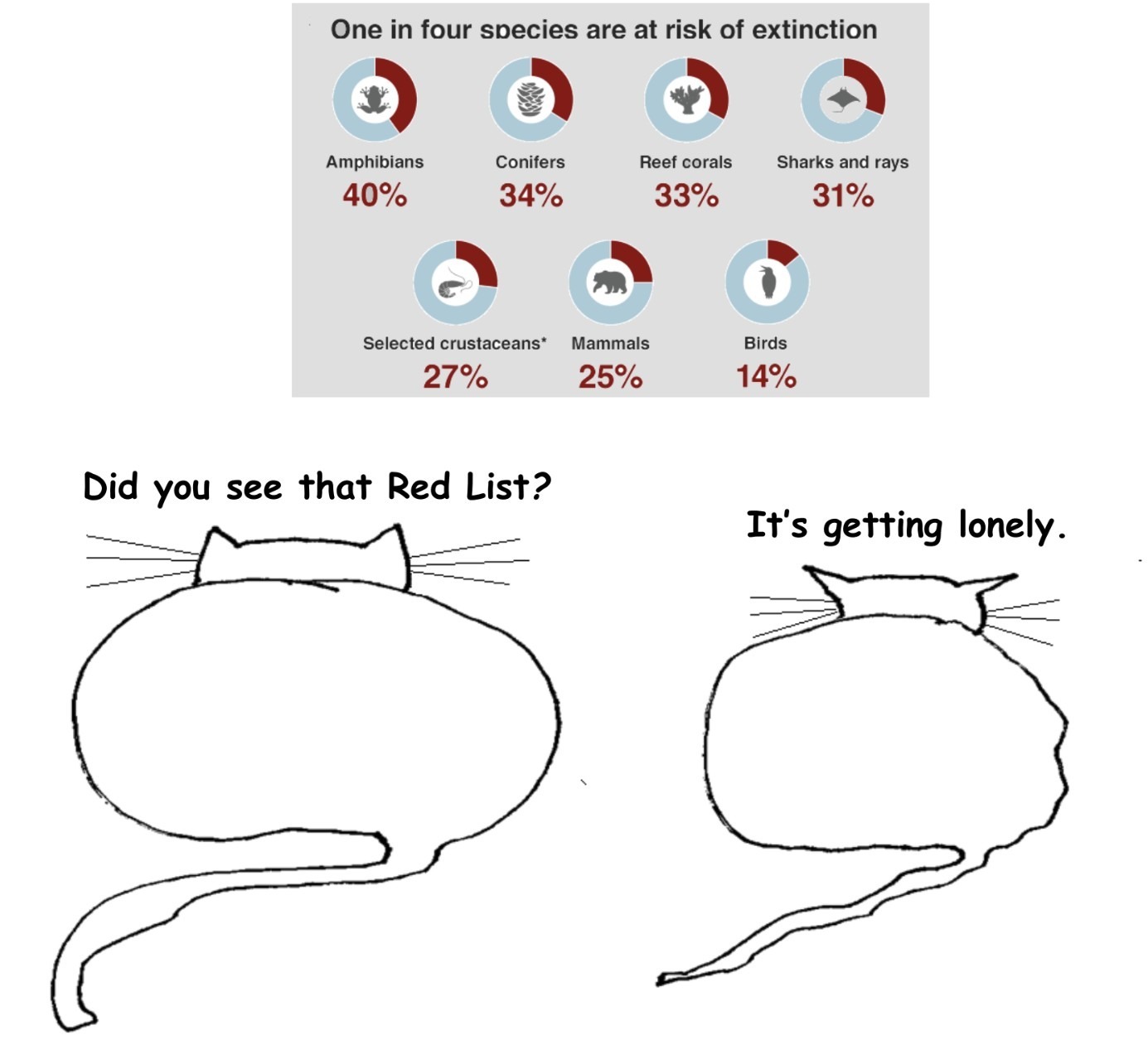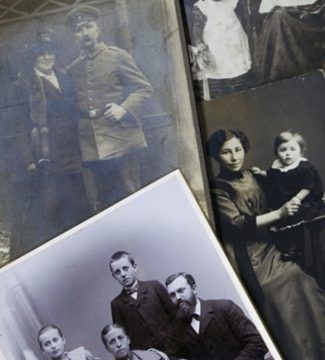by Abigail Akavia

Photo by Gadi Dagon, Courtesy of Batsheva Dance Company
Two weeks ago I celebrated Passover with my family. It was an intimate affair, just four adults and three preschoolers in the small dining room of our rented apartment in Leipzig. Our secular way of life makes Passover, for us, a holiday of light-to-non-existent religious content; nonetheless the richness of the symbolism and of the ritualistic foods is still something we enjoy. Making the Seder palatable to the kids, both the dinner itself and its ritualistic elements, became the central concern for us, their perpetually exhausted parents. The traditional text read in the Seder, the Haggadah, is cryptic in its Aramaic expressions and passages of Talmudic hermeneutics, on which the guests, both young and old, are encouraged to ask questions. But our distaste for the way the myth of Passover resonates in contemporary nationalistic discourse in Israel and elsewhere has brought us to include alternative content in our Seders, stories of other historical struggles towards freedom, which have often been conceived in terms that echo the story of Exodus. This year we read parts of the Hagaddah composed by Rabbis for Human Rights, which was originally read in a detention camp for African refugees in the Israeli desert in 2016, and includes Bob Marley’s Redemption Song. When we lived in Chicago, we told stories of Harriet Tubman and The Underground Railroad.
An Israeli Seder is not dissimilar to American Thanksgiving: a long meal that commemorates the founding of the nation, along with the post-nationalistic reckoning that both holidays can prompt. In both cases, a religious-historical myth becomes incarnated in food. Thus, the matzo, the most important culinary feature of Passover, reminds us of the unleavened bread that the Israelites hastily prepared when they fled their enslaving Egyptians. Every other part of the meal is also meant to symbolize part of the story, that of the Hebrews’ struggle to become a nation. (The series of hardships which the Seder is meant to recall may explain why the Seder meal, while as excessive as a Thanksgiving dinner, is arguably less delicious.) Read more »




 Soon after President Obama moved into the White House, Mrs. Obama set up her vegetable garden. She planted tubers like carrots and turnips, leafy veggies such as spinach and kale, and herbs—thyme, sage, mint, and whatnot. But she did not plant beets. Why? I was quite perplexed and tried to find out the reason. I called the White House but did not get a satisfactory answer. “What the hell are you talking about?” said someone who picked up the phone. Maybe her children do not like them, said my child who was not overly fond of the vegetable. Not like beets? How is that possible? Of all the tuberous veggies available to man, the beet in my view is one of the best and the most poetic.
Soon after President Obama moved into the White House, Mrs. Obama set up her vegetable garden. She planted tubers like carrots and turnips, leafy veggies such as spinach and kale, and herbs—thyme, sage, mint, and whatnot. But she did not plant beets. Why? I was quite perplexed and tried to find out the reason. I called the White House but did not get a satisfactory answer. “What the hell are you talking about?” said someone who picked up the phone. Maybe her children do not like them, said my child who was not overly fond of the vegetable. Not like beets? How is that possible? Of all the tuberous veggies available to man, the beet in my view is one of the best and the most poetic. 


 Recently, I was waiting to board an American Airlines flight from Boston to Rochester, when, along with ten of my fellow passengers, I was summoned to the desk in front of the boarding gate. There we learned, by listening intently to what the AA gate agent told the first passenger in line, that we were being bumped from the flight, that AA would try to find alternative flights for us, and that we would each receive a voucher worth $250, redeemable on AA bookings, valid for one year.
Recently, I was waiting to board an American Airlines flight from Boston to Rochester, when, along with ten of my fellow passengers, I was summoned to the desk in front of the boarding gate. There we learned, by listening intently to what the AA gate agent told the first passenger in line, that we were being bumped from the flight, that AA would try to find alternative flights for us, and that we would each receive a voucher worth $250, redeemable on AA bookings, valid for one year. Wine writers often observe that wine lovers today live in a world of unprecedented quality. What they usually mean by such claims is that advances in wine science and technology have made it possible to mass produce clean, consistent, flavorful wines at reasonable prices without the shoddy production practices and sharp bottle or vintage variations of the past.
Wine writers often observe that wine lovers today live in a world of unprecedented quality. What they usually mean by such claims is that advances in wine science and technology have made it possible to mass produce clean, consistent, flavorful wines at reasonable prices without the shoddy production practices and sharp bottle or vintage variations of the past. In the opening of The Other Americans, Laila Lalami’s fourth novel, a man is killed in a hit-and-run collision. The victim is Driss Guerraoui, an immigrant and small business owner who, after fleeing political unrest in Casablanca, eventually settles in a small town in California’s Mojave Desert to open a business and raise his family. His immigrant story is one his younger daughter Nora, a jazz composer, considers with mixed feelings. “I think he liked that story because it had the easily discernible arc of the American Dream: Immigrant Crosses Ocean, Starts a Business, Becomes a Success.” And it’s this clichéd American-immigrant narrative that Lalami sets out to deconstruct in her book.
In the opening of The Other Americans, Laila Lalami’s fourth novel, a man is killed in a hit-and-run collision. The victim is Driss Guerraoui, an immigrant and small business owner who, after fleeing political unrest in Casablanca, eventually settles in a small town in California’s Mojave Desert to open a business and raise his family. His immigrant story is one his younger daughter Nora, a jazz composer, considers with mixed feelings. “I think he liked that story because it had the easily discernible arc of the American Dream: Immigrant Crosses Ocean, Starts a Business, Becomes a Success.” And it’s this clichéd American-immigrant narrative that Lalami sets out to deconstruct in her book. This week, amid devastating
This week, amid devastating  If someone says, “I guess it’s in my DNA,” you never hear people say, “DN—what?” We all know what DNA is, or at least think we do.
If someone says, “I guess it’s in my DNA,” you never hear people say, “DN—what?” We all know what DNA is, or at least think we do. For a few months in 2008 and 2009 many people feared that the world economy was on the verge of collapse…
For a few months in 2008 and 2009 many people feared that the world economy was on the verge of collapse… Cyril Connolly once wrote: “The more books we read, the clearer it becomes that the true function of a writer is to produce a masterpiece and that no other task is of any consequence.” This is tosh, of course, for if every book were a masterpiece, no book would be a masterpiece and we could not know a masterpiece when we read it. They also serve who only sit and write trash. To know the good, we have to know the bad. The precise quantity and degree of the bad that we have to know in order to appreciate the good is debatable, and certainly there is no great difficulty in finding the bad, whether it be bad food, bad films, bad theatre productions, bad behaviour or bad books. Indeed, the only thing that can be said in favour of the current overwhelming prevalence of the bad is that it adds to the pleasure of finding the good — the piquancy both of discovery and relief.
Cyril Connolly once wrote: “The more books we read, the clearer it becomes that the true function of a writer is to produce a masterpiece and that no other task is of any consequence.” This is tosh, of course, for if every book were a masterpiece, no book would be a masterpiece and we could not know a masterpiece when we read it. They also serve who only sit and write trash. To know the good, we have to know the bad. The precise quantity and degree of the bad that we have to know in order to appreciate the good is debatable, and certainly there is no great difficulty in finding the bad, whether it be bad food, bad films, bad theatre productions, bad behaviour or bad books. Indeed, the only thing that can be said in favour of the current overwhelming prevalence of the bad is that it adds to the pleasure of finding the good — the piquancy both of discovery and relief. OVER THE PAST FEW YEARS—
OVER THE PAST FEW YEARS—